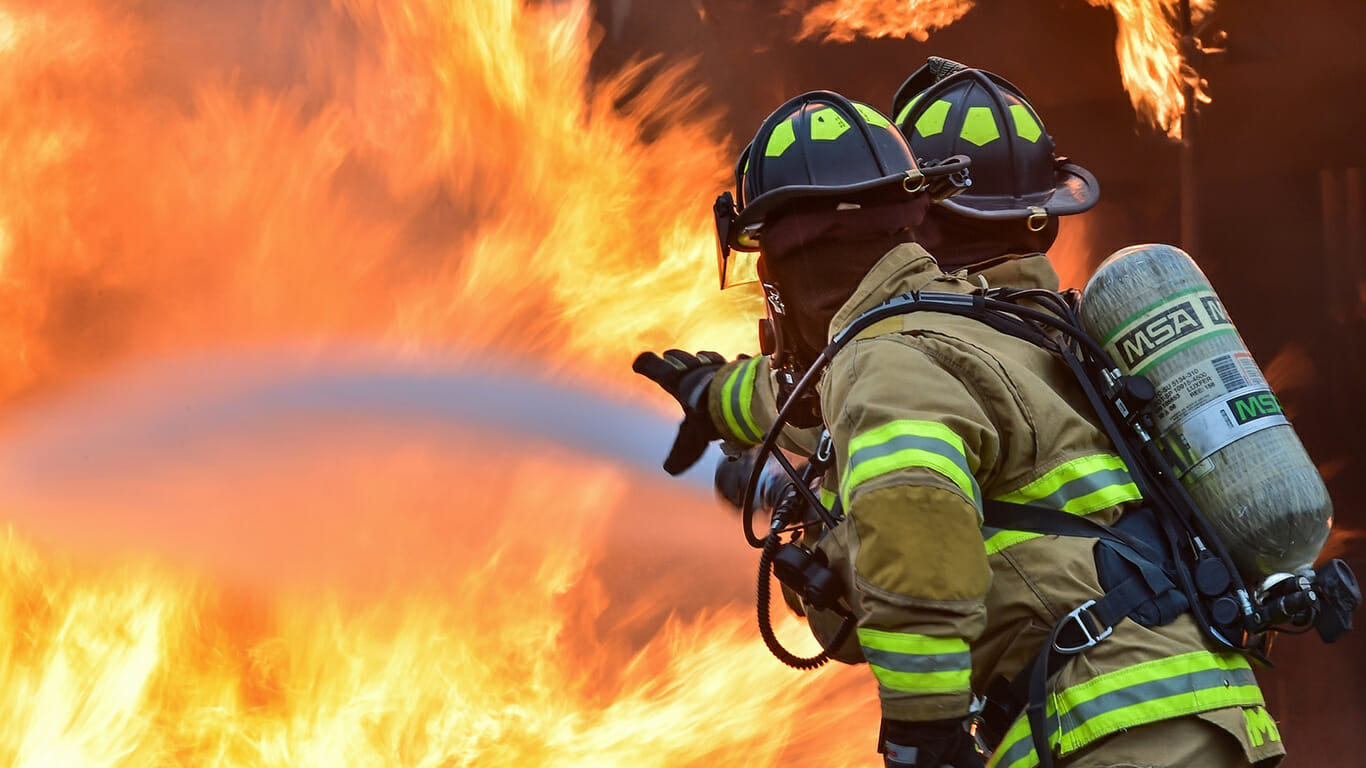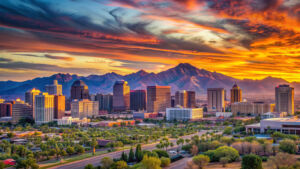You’ve probably heard the news. Paris Hilton, Leighton Meester and Adam Brody, and James Woods are among A-listers who lost their homes in the recent Los Angeles wildfires.
The fires made headlines for the losses of the wealthy—multi-million-dollar mansions turned to ash, luxury cars abandoned in driveways, and high-profile celebs forced to evacuate. Their stories captured public attention, but the true cost of wildfires goes far beyond the elite.
What doesn’t make the 6 o’clock news is the regular folks who don’t have the safety nets to bounce back – small businesses, local workers, and families who’ve built their lives in these areas. All of them face not just the flames but long-term economic uncertainty.
Furthermore, industries across the board take a hit, including tourism, agriculture and real estate. Finally, ecosystems, wildlife, and forests don’t just “bounce back.” Some of the damage caused by wildfires will take decades to heal, if ever.
MORE NEWS: Phoenix bucket list: 25 things you must do
INDUSTRY INSIGHTS: Want more news like this? Get our free newsletter here
A Crisis That’s No Longer Seasonal
In recent years, fires across the United States have burned millions of acres, destroyed thousands of homes, and taken a heavy toll on local economies. But wildfires used to be a summer problem. Not anymore. A seasonal threat has now become a year-round crisis, fueled by rising temperatures, prolonged droughts, and high winds.
The 2024 Los Angeles fires tore through Malibu and Pacific Palisades, one of the most affluent parts of the United States. In Hawaii, the 2023 Maui wildfires killed nearly 100 people and decimated the historic town of Lahaina. Across Hawaii, tourism tanked, businesses vanished overnight, and thousands of locals were left homeless. The 2021 Caldor Fire in the Golden State burned over 220,000 acres of forest and land.
How Wildfires Impact Local Economies
Property Losses & Skyrocketing Insurance Costs
Wildfires cause billions in damage. In 2018, one of the most devastating years in US history wildfires-wise, losses were staggering $150 billion.
Insurance companies are pulling out of high-risk areas or jacking up premiums so much that many homeowners simply can’t afford coverage. For example, in the most recent LA fires, many residents didn’t have property insurance at all because companies pulled out entirely years ago.
And after the fires, construction booms, yet unfortunately, not in a sustainable way. Primarily, housing prices surge, making it harder for lower-income families to afford to stay in their communities. Plus, labor shortages and increased demand for construction materials cause rebuilding costs to rise.
Belfor USA, a leading disaster recovery company, has played a crucial role in assisting communities impacted by wildfires, providing restoration services to help rebuild homes, businesses, and infrastructure, thereby aiding the recovery process and alleviating some of the economic burdens faced by those affected.
The Hit to Tourism
After the 2021 Caldor Fire, Lake Tahoe businesses – hotels, ski resorts, restaurants – all experienced a massive revenue drop. In Maui, post-fire tourism went down by 60%, which was a devastating blow to a country that mainly lives off tourism.
Tourists stay away not only due to the immediate danger but also because of lingering smoke damage, destroyed natural attractions, out of respect for local communities, and a general sense of devastation.
Agriculture & Natural Resources Up in Smoke
Wildfires devastate crops, livestock, and soil health. After great fires, farmland is often left unusable for years due to erosion and chemical contamination.
One of such severely impacted regions is the wine country of California, with entire harvests being rendered worthless due to smoke-tainted grapes and vines destroyed by fire.
In nature, wildfires disrupt entire ecosystems by wiping out habitats, reducing biodiversity, and altering water cycles. Trees that took decades to grow are destroyed in a matter of minutes, severely harming the lumber industry, which is already a faltering economic pillar in many wildfire-prone states. Smoke pollution, meanwhile, spreads over miles, harming crops in nearby states and making outdoor labor dangerous.
The Increasing Price of Fighting Fires
Fighting wildfires costs a lot of money. In 2023, the U.S. government spent $3.2 billion on suppression activities. And that is just for putting the fire out. The price tag for all these backside activities, such as rebuilding roads, restoring water systems, reprovisioning infrastructure and helping displaced families, just escalates skyward.
Health-wise, smoke inhalation increases respiratory diseases, heart attacks, and strokes. Toxic air and water contamination lingers long after the flames are gone.
Wildfires and Wealth: Who Gets Saved First?
Wildfires don’t discriminate when they ignite, but the aftermath?
The controversy over private firefighters in the aftermath of the LA wildfires highlighted the stark divide between the wealthy and the less fortunate. Celebrities and affluent homeowners have been able to hire private firefighting teams, which can cost thousands of dollars per day, while the majority of residents rely on overwhelmed public fire services.
Hollywood A-listers and Silicon Valley moguls can, for tens of thousands of dollars, hire private firefighting companies who can spray flame-retardant foam and clear brush before the flames arrive. That’s how billionaire developer Rick Caruso’s upscale Palisades Village remained almost untouched during the LA fires, while his neighborhoods’ homes were devastated.
Meanwhile, regular folks are left relying on overwhelmed public fire departments that have to triage their response.
In the aftermath, high-net-worth individuals usually have premium insurance policies, meaning they can rebuild quickly—or, if one home is destroyed, they simply relocate to another.
Contrast that with lower-income families who often lack comprehensive insurance, struggle with insurers refusing coverage in high-risk fire zones, face skyrocketing premiums after a disaster, and live paycheck to paycheck, meaning months (or years) of displacement.
Even if an insurance payout comes, it can take months—sometimes years—for an insurance company to say goodbye to the money.




